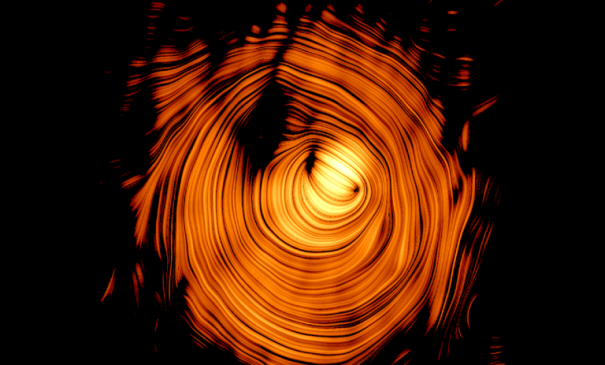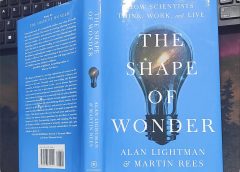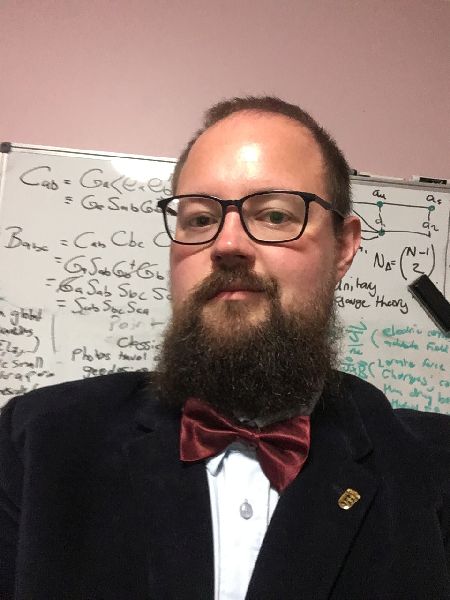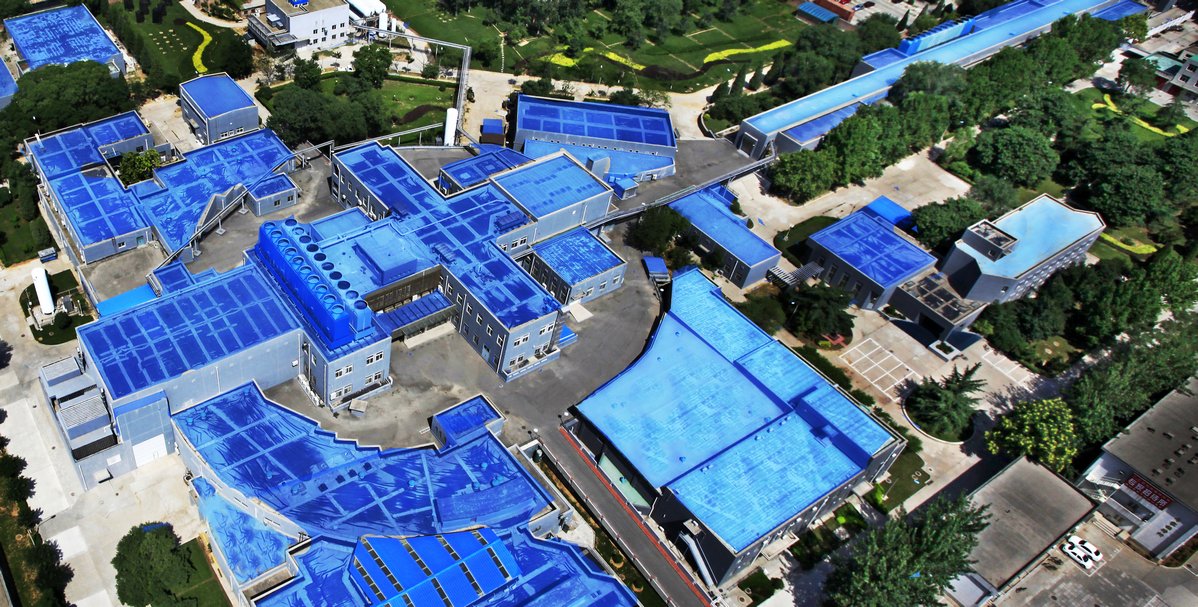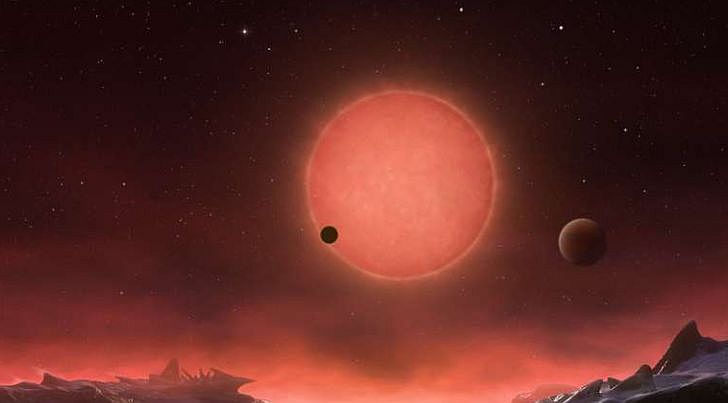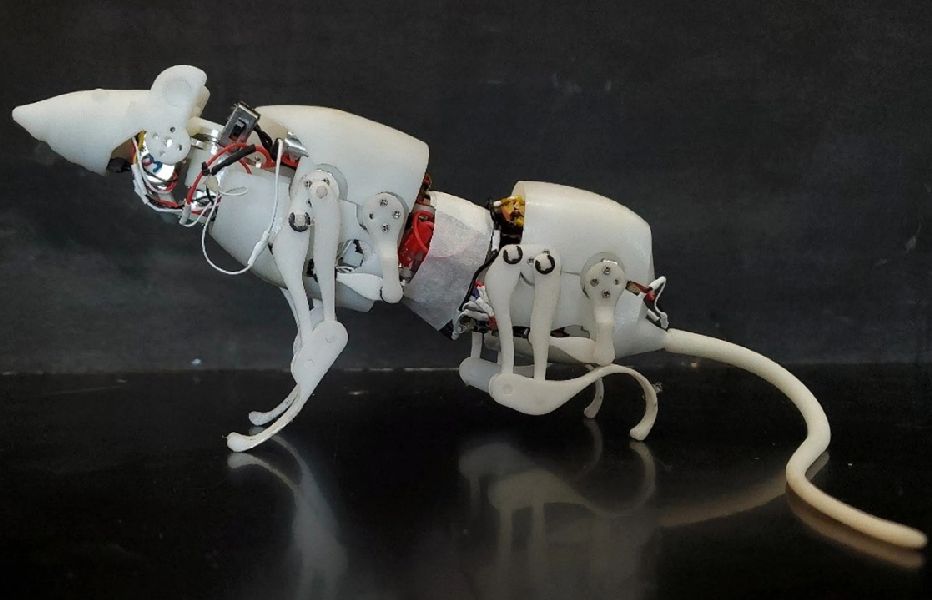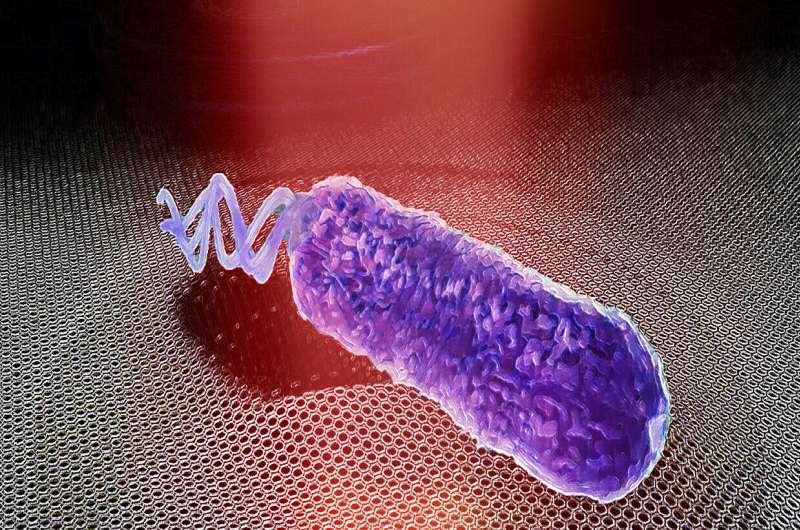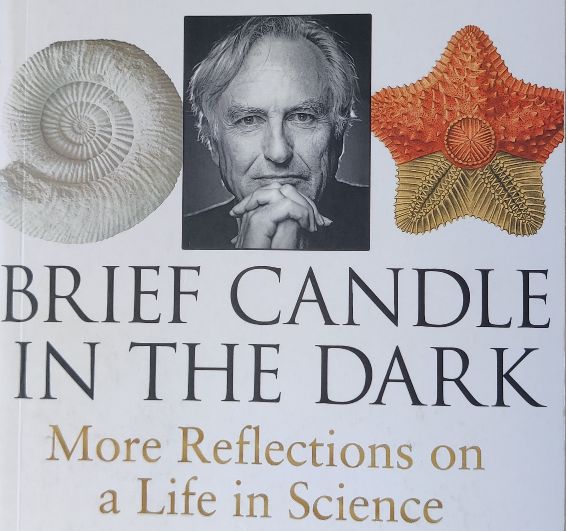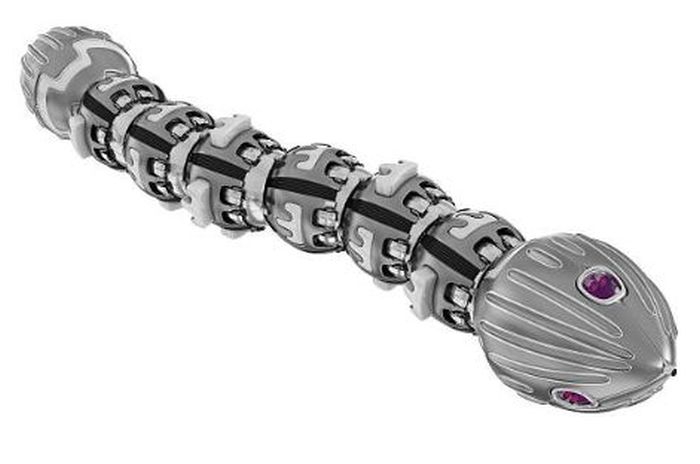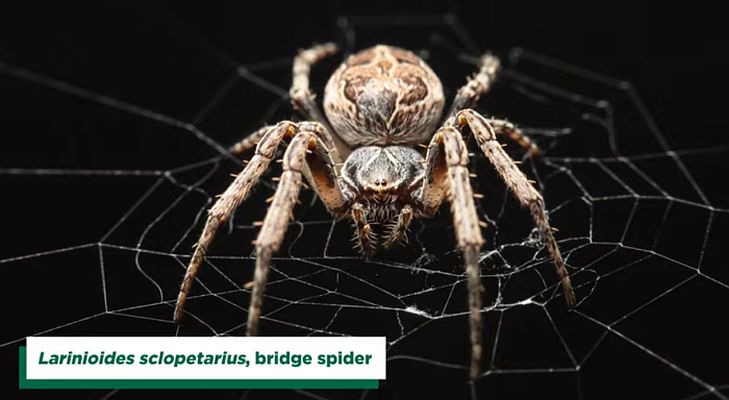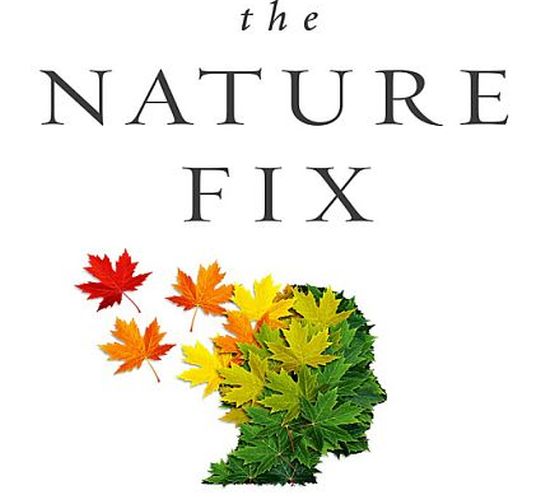Dr. Arthur Suvorov is an astrophysicist at The Manly Astrophysics in Australia. He did first class honors degree at Monash University, in a double-dose of mathematics with physics on the side. Followed by his PhD from Melbourne Uni. His areas of interest include various aspects of neutron star. Lately, he collaborated with Universidad de Murcia, Spain in a project entitled “Magnetically supramassive neutron stars”, paper of which is also published in Physical Review Letters (DOI: 10.1103/PhysRevD.105.L061302). Dr. Suvorov is also the recipient of one of the most prestigious Humboldt…
Read MoreChina’s Particle Collider to Gear up: A Future Higgs Factory
To explore more exotic particles, Beijing Electron Positron Collider (BEPC), the particle-physics lab, is undertaking a major re-equipping. The work is expected to complete by 2024. Dubbed as BEPCII-U, the new version will not only triple the current collision rate but it’ll also extend the maximum collision energy to 5.6 GeV from the existing 2–5 GeV. With the plans underway for next-generation collider, China might head the world in high-energy physics research.
Read MoreTwo Rocky Worlds Orbiting M Dwarf Star: The HD 260655 System
Astronomers at NASA have identified two rocky alien worlds hovering around M dwarf star called HD 260655. M stars have faint glow and they look red to our eyes with temperature ranging from 2,500 Kelvin to 3,500 Kelvin. These stars account for nearly 75% of the stars in our stellar neighborhood, which implies they can be easily observed from Earth due to its abundance. As per Transiting Exoplanet Survey Satellite (TESS), the newly discovered exoplanets are about two times more massive than the Earth.
Read MoreSQuRO, Quadruped Robotic Rat: Biomimicry
Nature has always inspired robotics engineers to design bots with the same agility and efficiency. And this is also one of the reasons why researchers look up to biomimicry to solve human design challenges. When it comes to navigate tight and congested arenas wouldn’t rodents be the best options to design a device? Researchers at Beijing Institute of Technology (BIT) thought the same. According to Qing Shi, a Professor at BIT, legged robots have limitations when operating in narrow spaces. Micro quadruped robots too can face performance issues due to…
Read MoreBook Review: The God Equation by Dr. Michio Kaku
Dr. Michio Kaku is a well-known figure in science academia. He is a master story teller. His super power is, he can make science graspable for non-science people like myself. In The God Equation: The Quest for a Theory of Everything, Dr. Kaku talks about three things: physics from creation to present, the effort put behind in unifying all known physical forces and the theory of dimensions, string theory.
Read MoreBacterium Flagellar Beats on Graphene: Microbial Melody
Anything that vibrates, creates sound. This implies, microbes too must emit noise. Does this mean, we can also hear disease? Pathogenic bacteria mixed with other healthy microbe bacteria might sound in a certain way. So, if this technology is used for diagnostic purposes, we could we hear disease!
Read MoreTwo Neutron Stars could give Birth to a Third: Stellar Formation
An international team of astrophysics from Manly Astrophysics and Universidad de Murcia has proposed for a new type of exotic neutron star. According to astronomers Arthur Suvorov and Kostas Glampedakis, the novel neutron star could be the result of a super strong magnetic field that emanates during a collision between old neutron stars.
Read MoreBook Review: In His Own Words by Nelson Mandela
In His Own Words: From Freedom To The Future: Tributes And Speeches by Nelson Mandela is one of those books, which everyone must read once in their life time. Nelson Mandela was, indeed, a prolific writer as well as a gifted speaker. He became an epitome of freedom around the world after his South African history in 1994. I have always looked up to him for his patience, diligence and integrity.
Read MoreBook Review: Brief Candle in the Dark by Richard Dawkins
Brief Candle in the Dark: My Life in Science is the second volume of Richard Dawkins’ memoirs, first being An Appetite for Wonder: The Making of a Scientist. As expected, the autobiographical memoir is not a chronological tale, rather it is a series of anecdotes. In fact, Dawkins writes, “If you don’t like digressive anecdotes, you might find you’re reading the wrong book.”
Read MoreMagnetic Tentacle Robot for Autonomous Endoscopy: Soft Catheters
Magnetic tentacle robot, strange it may sound but researchers at STORM Lab at the University of Leeds have come up with a tiny canular form of robot that can explore the smallest bronchial tubes in the lungs. The nano tubiform bot measures around 2 millimetres in diameter. That happens to be two times the size of the tip of a ballpoint pen. The tentacle robot will be guided from the outside with the help of (external) magnets.
Read MoreSpiders Can Use Their Silk to Hear: Acoustic Properties of Webs
Researchers at Binghamton University, in collaboration with Cornell University, suggest that spiders use their webs to assist in their hearing mechanism. Distinguished Professor Ron Miles and doctoral student Junpeng Lai conducted the experiment at the Binghamton University anechoic chamber.
Read MoreBook Review: The Nature Fix by Florence Williams
The Nature Fix – Why Nature Makes Us Happier, Healthier, and More Creative by Florence Williams is a beautiful effort to investigate into nature’s restorative benefits on human brain.
Read MoreBook Review: A World Beyond Physics by Stuart A. Kauffman
Stuart Alan Kauffman is not only a complex-systems researcher but he is also a polymath, with a degree in medicine and training in biochemistry, genetics, physics, philosophy and other fields. Very deftly he roams across disciplinary boundaries looking for answers to the riddles that obsess him. In, A World Beyond Physics, he takes up the conundrum of life’s origin.
Read MoreMultiple Modes of Dendritic Integration in Single Neurons: Brain Computation
Dendrites, branch like extensions protruding from a single neuron, participate in computations and permutations to give a synchronized output to the neuron. Researchers at MIT have now demonstrated that not only different types of dendrites (of a single neuron) collect input from various regions of the brain, they also process that information in different customized ways.
Read MoreInsulation-free Magnet to Facilitate Development of Fusion Power Plant: Superconductors
Replicating fusion on earth is one of the things that scientists globally look forward to. Once they are able to reach a state through which fusion could be created, we might get virtually inexhaustible supply of power to generate electricity.
Read More

